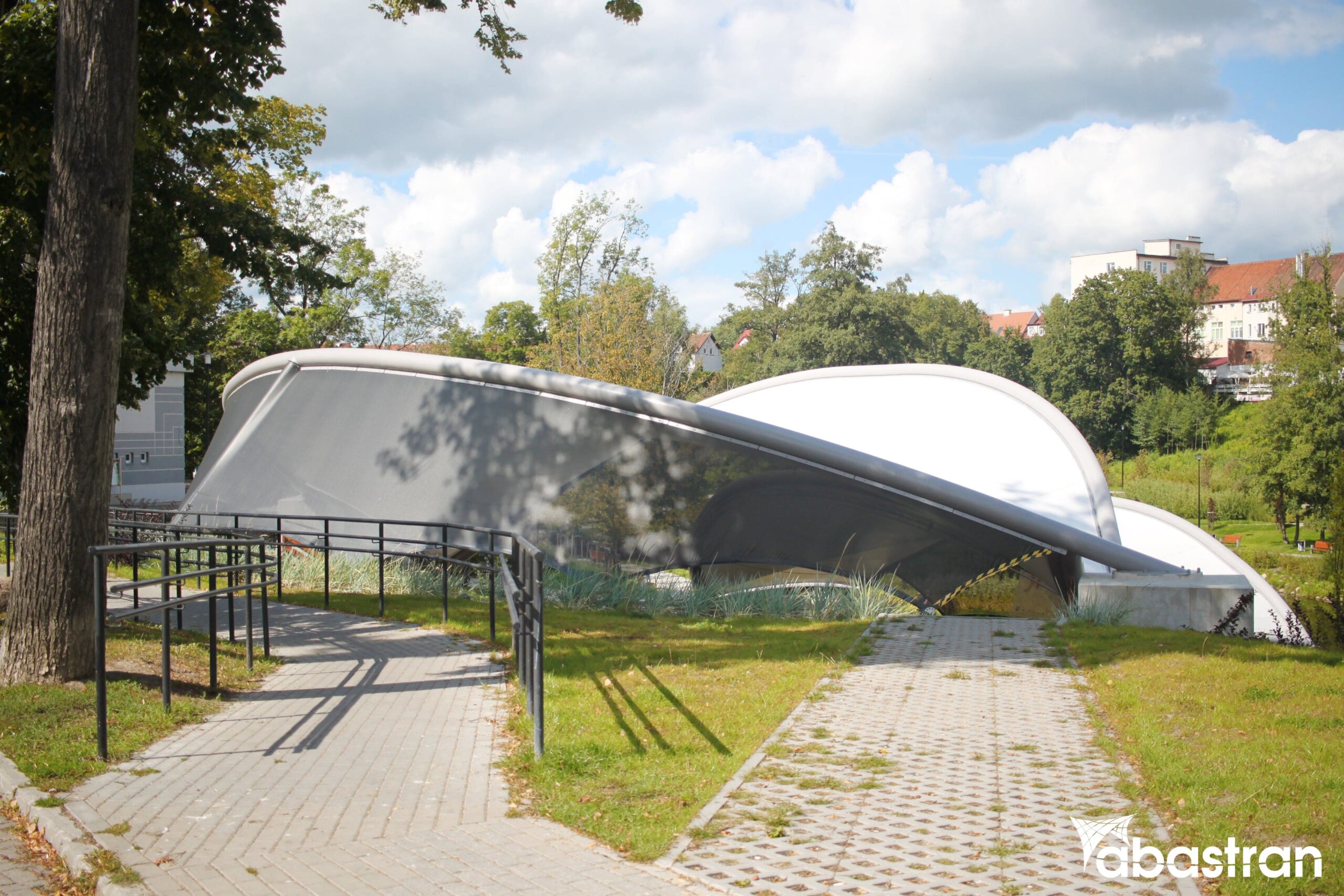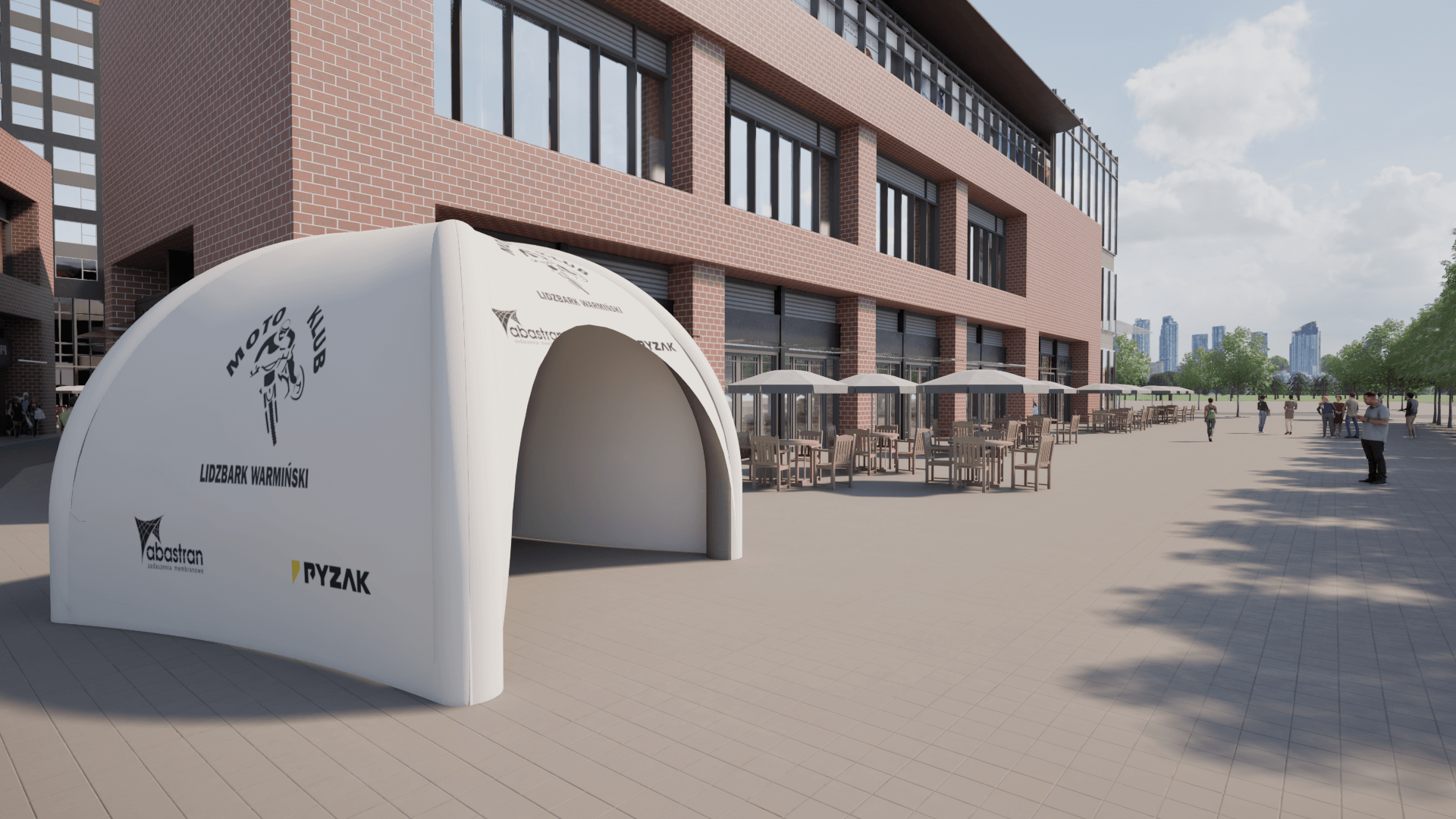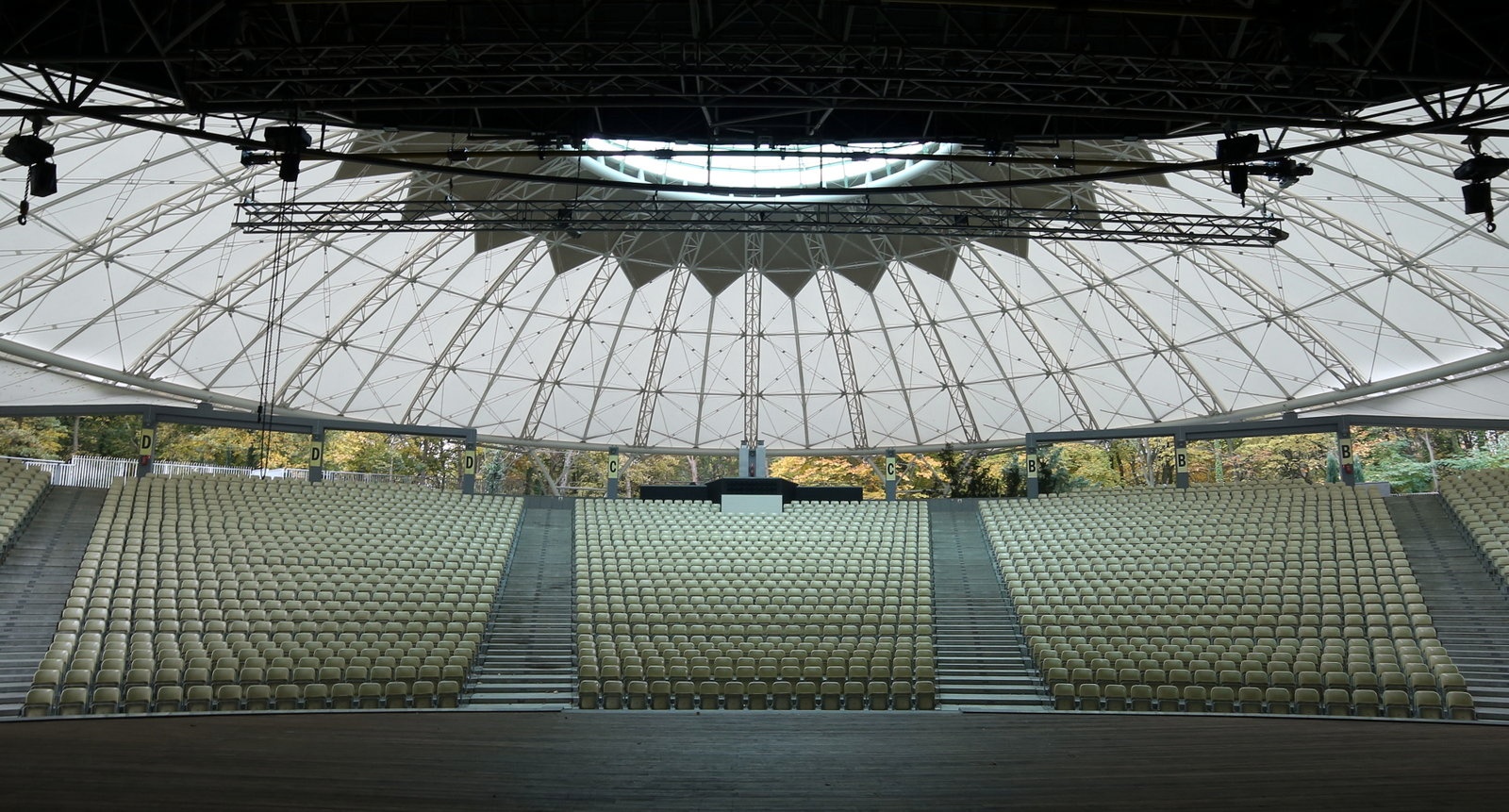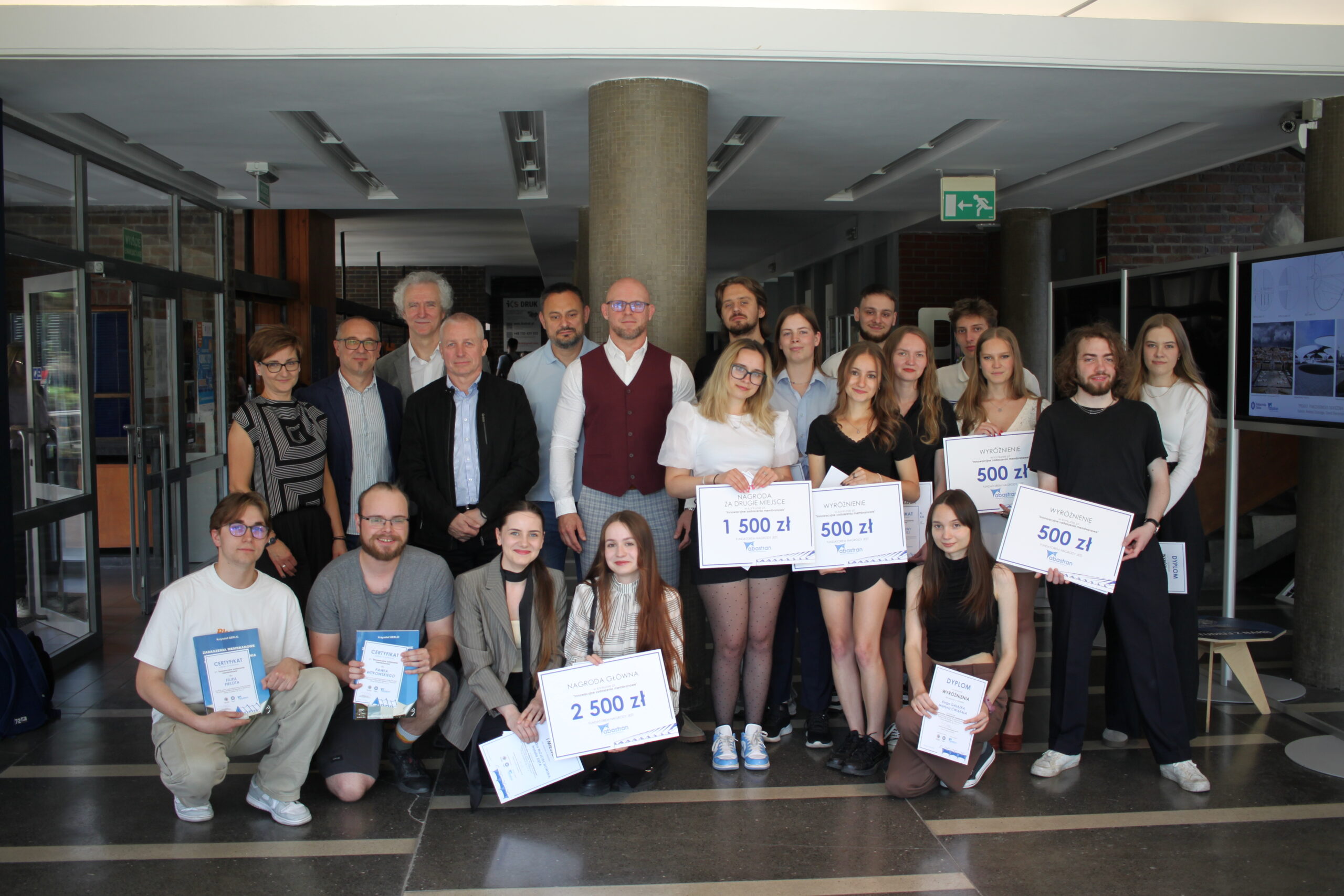
When to Choose Membrane Roofing Instead of Traditional?
Contemporary architecture is increasingly embracing solutions that, just a decade ago, seemed reserved for futuristic visions. Iconic stadiums, modern shopping centers, and spectacular amphitheaters often share one common element: lightweight, luminous, and dynamic membrane roofing. This is no longer just an avant-garde choice, but a well-thought-out business decision. Membrane roofing, which is a technologically advanced fabric (most commonly PVC, PTFE, or ETFE) stretched over a steel supporting structure, is today a real alternative to traditional roofs made of steel, concrete, sheet metal, or tiles.
When choosing a roofing technology, investors must weigh key factors: initial investment cost, project completion time, final aesthetics, and long-term durability and operating costs. The choice between a heavy, proven structure and a lightweight, innovative membrane can be complicated. This article will guide you through this decision-making process step by step. It will provide clear comparisons, cost data, and indicate specific situations where modern membrane roofing proves to be unrivaled.
How Does Membrane Roofing Work?
Membrane roofing operates on a fundamentally different principle than traditional roofs. Instead of transferring loads through compression and bending of massive elements, it utilizes tensile forces. The structure consists of three key components: durable technical fabric, a system of steel masts, arches, or frames, and a precise system of cables and tie-downs. It is the tension applied to the membrane by the tensioning system that makes it rigid, stable, and capable of bearing loads such as snow or wind. As a result, the entire structure is extremely lightweight yet very durable.
The key structural difference lies in the fact that the membrane works solely under tension. Traditional roofs, based on beams, rafters, and panels, primarily function under compression and bending, which requires the use of heavy and massive materials. Textile architecture, as this field is often called, allows for the creation of fluid, organic forms with large spans that would be extremely difficult or uneconomical to achieve using concrete or steel. The choice of membrane material – whether flexible PVC, durable PTFE, or transparent ETFE – determines the final properties of the roofing, such as light transmission, lifespan, and maintenance requirements.
Membrane vs. Traditional Roof – Pros and Cons Table
The decision on roofing technology often comes down to an analysis of costs, time, and technical parameters. Membrane roofing typically offers a lower initial installation cost (CAPEX). This is due to less material, a lighter supporting structure, and significantly faster installation. However, it’s important to remember that they can generate higher operating costs (OPEX) associated with the need for regular technical inspections and specialized cleaning. Traditional roofs, although more expensive during the construction phase, may require lower maintenance costs over several decades.
Another important aspect is the durability and weight of the structure. Under standard climatic conditions, a well-designed and executed PTFE membrane can last over 30 years. However, in areas with extreme snow or wind loads, massive steel and concrete structures provide greater certainty and a longer lifespan, exceeding 50 years. An undeniable advantage of membrane is its minimal weight. The lightness of the material allows for the use of smaller and less expensive foundations and enables roofing for structures with limited load-bearing capacity, where a heavy roof would be out of the question.
Freedom of form and aesthetics are areas where textile architecture clearly wins. Membranes allow for the realization of almost any sculptural shape, creating unique and memorable objects. Additionally, materials such as ETFE or special types of PTFE transmit natural daylight, which reduces lighting costs and improves the comfort of using the space under the roofing. Traditional roofs offer significantly less design flexibility, being largely limited to planes and simple geometries.
Comparison of Key Parameters
| Feature | Membrane Roofing | Traditional Roofing (Steel, Concrete, Sheet Metal) |
|---|---|---|
| Initial Cost | Usually lower | Usually higher |
| Installation Time | Short (prefabrication) | Long (on-site work) |
| Structure Weight | Very low (1-15 kg/m²) | Very high (50-500 kg/m²) |
| Durability | 20-35 years (depending on material) | 50+ years |
| Aesthetics and Form | High freedom of form, unique design | Limited to simple geometries |
6 Scenarios Where Membrane is the Better Choice
Modern membrane structures are not a universal solution, but in specific situations, their advantages make them outperform traditional technologies. Their selection is most justified when the project fits one of the following scenarios. These are situations where lightness, speed of installation, and aesthetic qualities become key factors for the success of the investment, and the membrane offers an optimal price-to-benefit ratio.
Here are six key cases where membrane roofing is the best choice:
- Covering large-span facilities: Stadiums, sports halls, airports, and exhibition centers require covering vast areas without intermediate supports. A lightweight membrane is both an economical and structurally efficient solution here. An example is the roofing of the Amphitheater in Ostróda.
- Projects with high aesthetic requirements: When the roofing is intended to be the object’s showcase and attract attention, the plasticity of membranes allows for the creation of iconic, sculptural forms. Shopping centers, outdoor stages, and cultural facilities gain a unique character thanks to them.
- Investments with a short completion time: Prefabrication of most elements and quick on-site assembly significantly shorten the construction schedule. This is crucial in commercial projects where time is money.
- Buildings with limited structural load-bearing capacity: Covering an existing courtyard, modernizing a historic building, or construction on difficult ground are situations where the low weight of the membrane is its greatest asset, eliminating the need for expensive foundation reinforcement.
- Need for natural light illumination: Membranes, especially translucent ETFE films, allow for maximum utilization of daylight. They are ideal for atriums, railway platforms, or botanical gardens, creating bright and friendly spaces.
- Temporary or mobile roofing: The lightness and ease of assembly and disassembly make membranes an excellent material for covering seasonal restaurant terraces, event facilities, or exhibition pavilions.
When It’s Better to Stick with a Traditional Roof
Despite their numerous advantages, membrane roofing is not always the optimal solution. There are situations where proven, heavy technologies offer greater safety and predictability over a long time horizon. The decision to stick with a traditional roof made of concrete, steel, or sheet metal is justified when the priority is maximum resistance to extreme conditions or minimizing service maintenance over decades.
Traditional roofing is a safer choice primarily in locations exposed to extreme climatic loads, such as snow zone IV and V or areas with very strong winds. The massiveness and rigidity of a heavy structure provide a greater margin of safety in such conditions. Furthermore, if the investment involves a very long usage horizon (over 50 years) with absolutely minimal maintenance requirements, a traditional roof may prove more cost-effective over the entire lifecycle of the building. The availability of specialized service companies in the region should also be considered – their absence can make membrane inspections difficult and more expensive. Another factor is high acoustic requirements; a single membrane layer poorly insulates sound, which can be a problem in production halls or concert venues, requiring the use of expensive, multi-layer systems.
Key Decision Factors – Investor’s Checklist
Choosing between a membrane and a traditional roof is a strategic decision that affects the entire project. To make an informed decision, costs should be analyzed over the entire investment lifecycle, not just during the construction phase. It is crucial here to understand the difference between investment cost (initial construction expenses) and operating cost (including future maintenance, upkeep, and repairs).
Before making the final decision, every investor should ask themselves a few fundamental questions that will help define project priorities. Analyzing the points below will allow for a systematic evaluation of which solution better aligns with the business and technical goals of the investment.
- Budget: What is the relationship between the available investment budget and planned maintenance costs?
- Climatic Conditions: What snow and wind zone is the facility located in? Are there extreme weather phenomena?
- Schedule: How critical is the investment completion time? Is there pressure to quickly commission the facility?
- Service: Are specialized assembly and service teams for membrane structures available in the region?
- Aesthetic Requirements: Is the roof intended to serve a representative and marketing function? Is its unique shape an added value?
- Functionality: Is natural light illumination needed inside? What are the requirements regarding acoustics and thermal insulation?

Advertising Tents as an Investment – How to Increase Brand Recognition at Events?


Competition for Innovative Membrane Roofing – Results and Inspirations
This year, we had the pleasure of organizing a competition together with the Faculty of Architecture at the Silesian University of Technology for 6th-semester students to design innovative membrane roofing. The award ceremony, held at the Faculty of Architecture in Gliwice, was the culmination of the young designers’ creative and technical journey.








